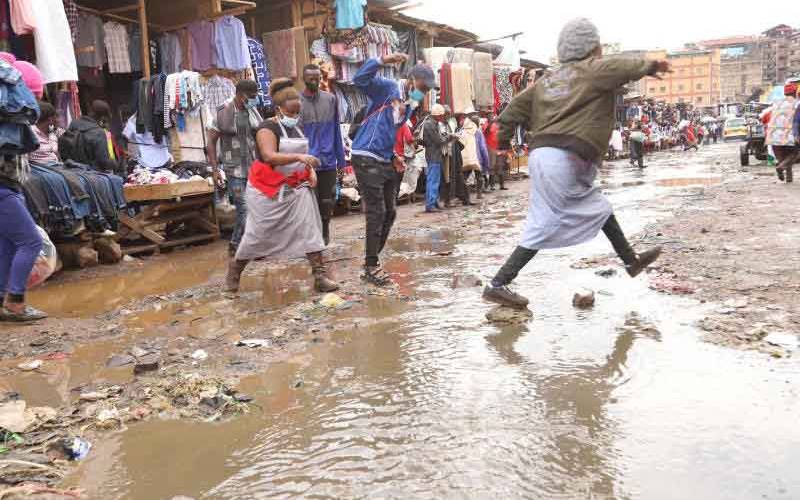×
The Standard e-Paper
Home To Bold Columnists

More than 13 million deaths around the world are due to avoidable environmental causes, with the climate crisis as the single biggest health threat facing humanity, according to the World Health Organization (WHO).
During this year’s World Health Day under the theme, ‘Our Planet, our Health,’ experts noted the need to bridge the gap between evidence and policy regarding climate change and the environment.